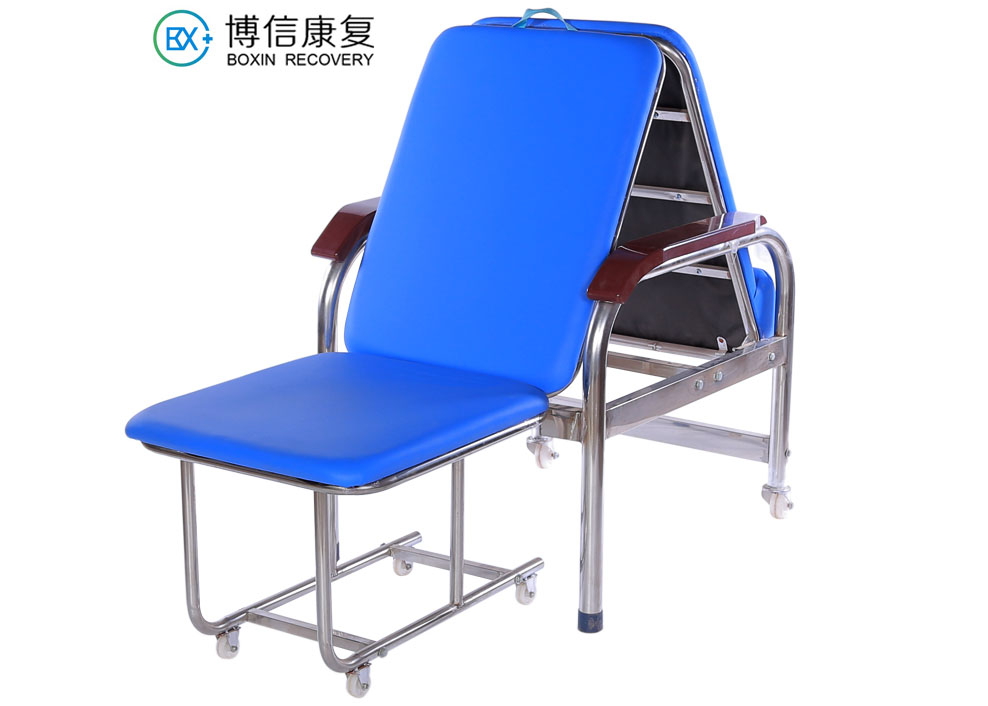Welcome to our websites!
Choosing the Right Battery for Your Electric Wheelchair for Optimal Performance and Longevity
Understanding Electric Wheelchair Batteries Types, Maintenance, and Tips for Longevity
Electric wheelchairs have transformed mobility for many individuals, offering freedom and independence that manual wheelchairs often cannot provide. At the heart of these electric mobility aids lies the battery, a critical component that powers the wheelchair and determines its overall performance. This article will delve into the various types of electric wheelchair batteries, maintenance tips, and best practices to ensure longevity.
Types of Batteries Used in Electric Wheelchairs
Electric wheelchairs typically utilize two main types of batteries lead acid and lithium-ion batteries. Each type has its advantages and disadvantages.
1. Lead Acid Batteries - Description Historically the most common choice, lead acid batteries are relatively inexpensive and widely available. These batteries come in two subtypes sealed maintenance-free and flooded. - Pros They are robust, can handle rough use, and are suitable for diverse weather conditions. Additionally, their initial cost is lower than lithium-ion batteries. - Cons However, they are heavier, have a shorter lifespan (usually around 1-3 years), and exhibit a slower discharge rate which can affect wheelchair performance over time.
2. Lithium-Ion Batteries - Description Emerging as a newer, more efficient option, lithium-ion batteries are increasingly popular in modern electric wheelchairs. - Pros They are significantly lighter than lead-acid batteries, offer a longer lifespan (up to 5 years or more), and have a high energy density, leading to improved range and performance. They also charge faster and are less prone to sulfation, a common issue with lead acid batteries. - Cons The higher initial cost can be a downside, but many users find the long-term savings on replacements and maintenance justify the investment.
Battery Maintenance Tips
Proper maintenance of electric wheelchair batteries can significantly extend their lifespan and enhance overall performance. Here are some essential tips
1. Regular Charging Charge the battery regularly, preferably after each use. Avoid letting the battery discharge completely as it can harm the battery's capacity to hold a charge.
2. Use the Right Charger Always utilize the charger specifically designed for your battery type. Mismatched chargers can lead to poor performance or even battery damage.
electric wheelchair battery

3. Check for Corrosion Regularly inspect battery terminals for corrosion. If found, clean the terminals with a mixture of baking soda and water (be cautious to prevent water from entering the battery case).
4. Avoid Extreme Temperatures Keep the battery in a moderate environment. Extreme heat or cold can damage the battery and impact its performance.
5. Periodic Testing For lead acid batteries, conduct periodic tests to check the state of charge and ensure peak performance. Many electric wheelchairs have built-in indicators that provide this information.
Tips for Maximizing Battery Life
To further enhance the lifespan and effectiveness of your electric wheelchair battery, consider the following tips
1. Optimize Usage Use your wheelchair efficiently. Avoid excessive rapid acceleration and sharp turns to lessen strain on the battery and improve overall range.
2. Store Properly If you plan not to use the wheelchair for an extended period, ensure the battery is charged to approximately 50% and store it in a cool, dry place.
3. Regular Maintenance Checks Schedule regular maintenance for your wheelchair. A qualified technician can check the battery system and make necessary adjustments to keep it in prime condition.
Conclusion
Electric wheelchair batteries are vital for ensuring mobility and independence for users. Understanding the types of batteries available, maintaining them correctly, and following best practices can help individuals make the most of their electric wheelchairs. Whether opting for lead acid or lithium-ion batteries, the right care and maintenance will lead to a better experience and greater freedom in daily life.
-
Transforming Healthcare with Hospital FurnitureNewsJun.24,2025
-
Rehabilitation EquipmentNewsJun.24,2025
-
Mobility and Independence with WheelchairsNewsJun.24,2025
-
Freedom of Mobility with Our Rollator WalkersNewsJun.24,2025
-
Comfort and Independence with Commode ChairsNewsJun.24,2025
-
Bathing Safety and Independence with Shower ChairsNewsJun.24,2025
-
Navigating the Wholesale Landscape of Electric Mobility Solutions: Key Considerations for Power Wheelchair DealersNewsJun.10,2025











